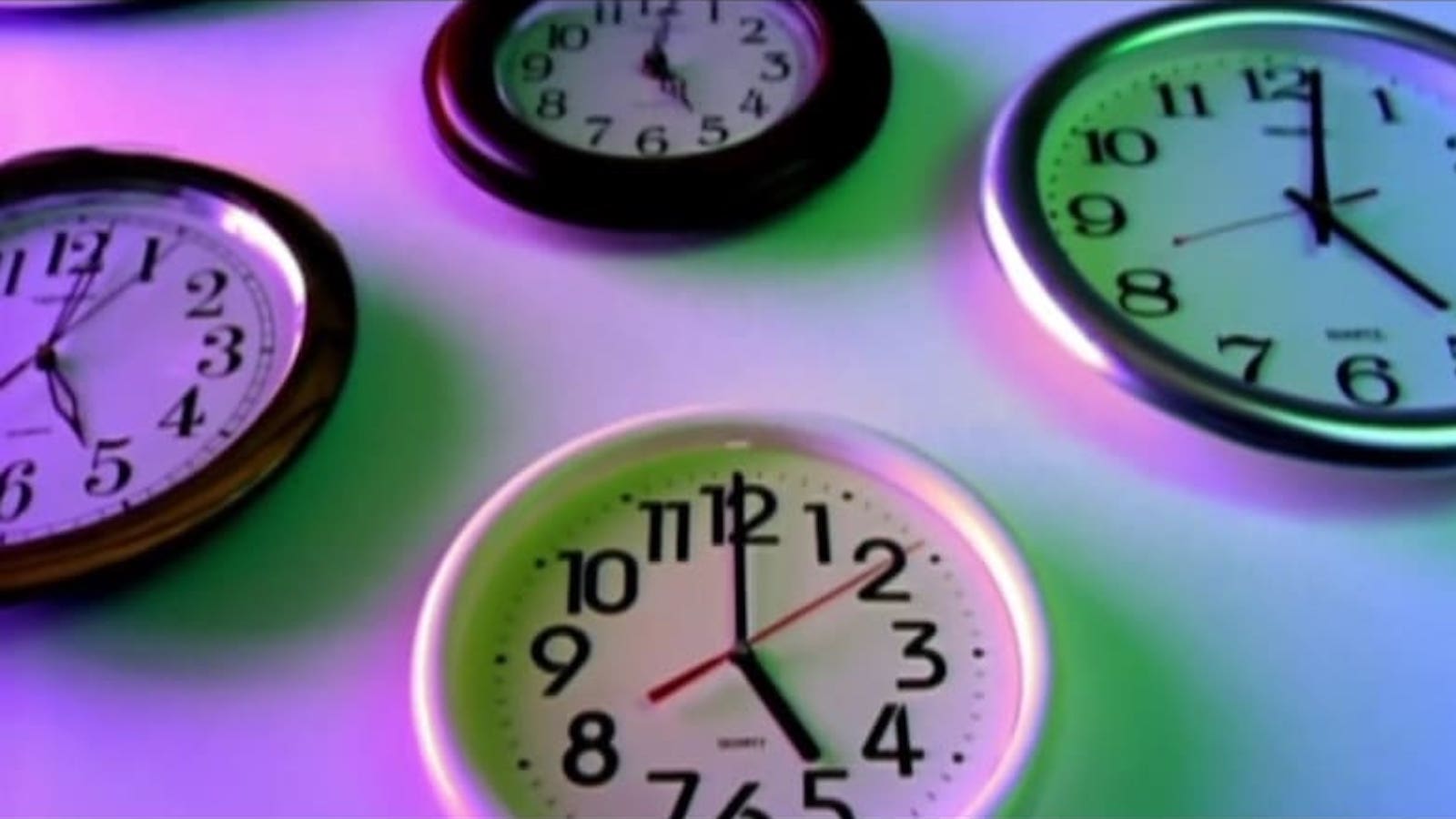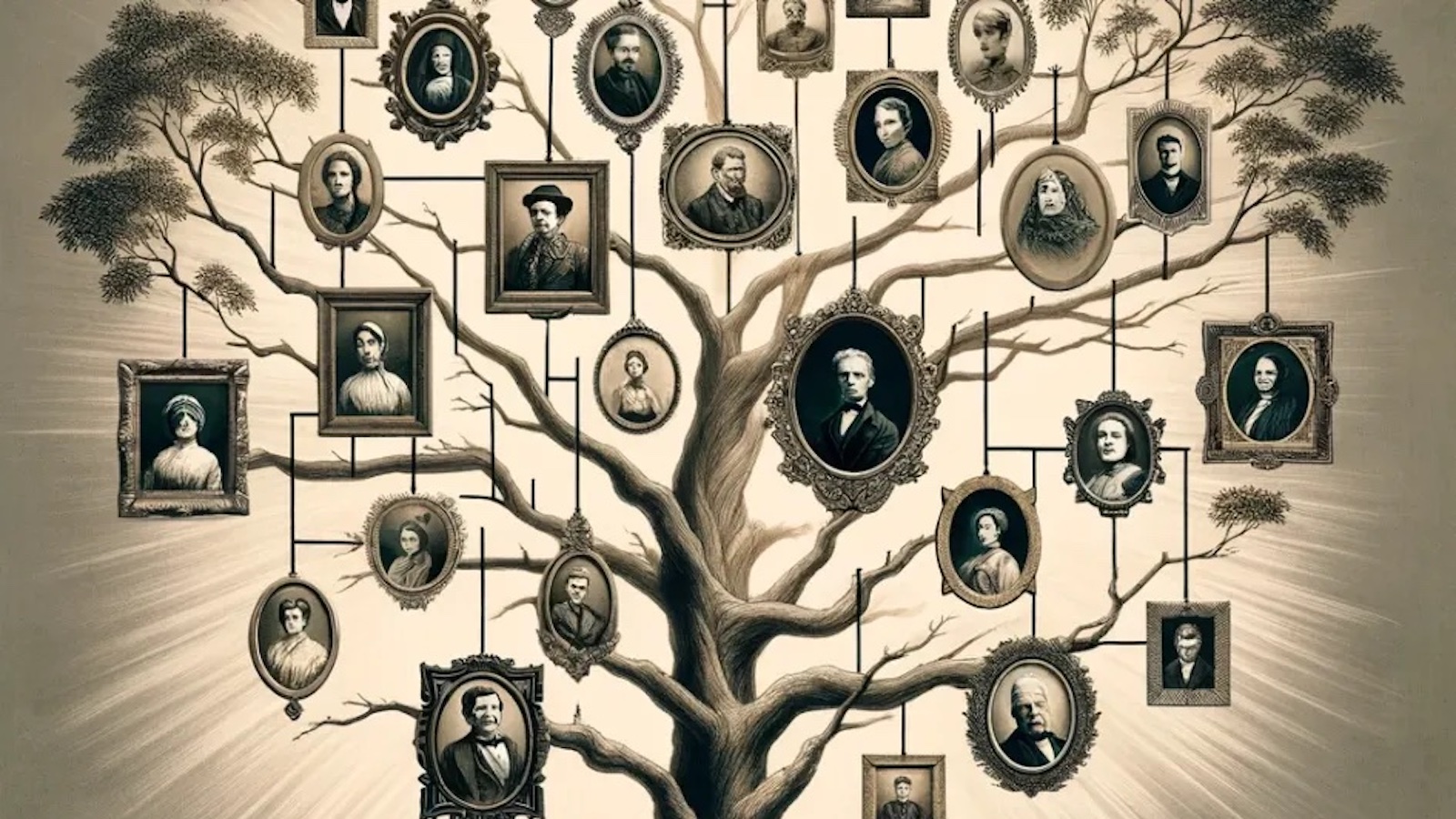
No, Daylight Savings Time Shouldn’t Be Permanent
Learn more about Daylight Savings Time on the Kibbe on Liberty podcast.
If you’re like most Americans, you’re probably still suffering from the sleep deficit caused by our country’s inexplicable decision to move all the clocks forward by an hour each spring. Every year, the same pattern repeats. People grouse about losing an hour of their lives, having to drag themselves out of bed in the dark, being late for work and generally confused about what time it actually is. In such moments, many will wonder aloud why we bother going through with such an insane ritual, when no one actually seems to like it, and that’s typically where the conversation ends. Well, not this year.
This year, Senator Marco Rubio from Florida decided to do something about it, introducing the Sunshine Protection Act. Leaving aside the fact that more sunshine is the last of the many things Florida needs, this would apparently be a good thing. The Sunshine Protection Act would rid us once and for all of the confusing and unpopular custom of clock-changing, and make Daylight Savings Time permanent across the whole country (barring Arizona and Hawaii, which have sensibly opted out of the whole business already.) But alas, things are never as simple as they appear.
Making Daylight Savings Time permanent is actually a horrible idea. Rubio is right that we should have one time system year-round, but Standard Time makes far more sense as, well, a national standard. The reasons for this are numerous and varied. To begin with, we must point out that our observance of time is far from arbitrary. For most of human history, prior to the adoption of global standards admittedly necessary to improve communication and coordination, we have marked time in accordance with the apparent movements of various celestial bodies. Noon is noon not because the government says it is, but because that is when the sun reaches the midpoint of its journey across the sky. Formerly, this was calculated on a local level, with each town using its own system of timekeeping to hew as closely to the solar cycle as possible. In Roman times, the length of the hour was even allowed to vary so as to remain a constant fraction of daylight as the seasons progressed, with longer hours in the summer and shorter hours in the winter. Today, we have compromised by using regional time zones and fixed hour lengths, but the principle is still the same. The reason the time is different in Los Angeles than in New York is that the sun passes over the East coast before reaching the West coast. A single time for both locations would make no sense, as it would put millions of people badly out of synch with the solar cycle.
Despite what many online commenters appear to believe, the motion of the sun cannot be arrested by an act of the Senate. Daylight Savings Time does not result in more daylight, it merely shifts that daylight from the morning to the evening, robbing Peter to pay Paul, so to speak. The reason that many people like this system is that, having adopted a somewhat fixed schedule for working hours, with most people leaving work around five or six in the evening, it is deemed desirable to have more daylight after work in which to participate in outdoor activities. Those who bother to give a rationale other than personal preference for this change will sometimes point to the energy savings resulting from fewer electric lights in the evenings, and indeed this was the reasoning offered when the United States first began to consistently observe Daylight Savings Time during World Wars I and II. But analysis of the data appears to lend very little support for this argument. A 2017 review of the research found that setting the clocks forward only saves a negligible 0.3 percent of energy, basically a rounding error. In any case, there are certainly easier ways to save electricity than to force hundreds of millions of people to alter their concept of time itself, particularly at a time when work hours have never been more flexible. As we emerge from the COVID-19 pandemic, millions of workers and employers are finding that the flexibility offered by working from home is beneficial both to their mental and financial health. If fixed work hours are the primary rationale for Daylight Savings Time, that would appear to be a weaker case than it has been for a century.
While Daylight Savings Time may not help in any measurable way, it certainly hurts. The American Academy of Sleep Medicine was one of the first and loudest voices opposing the Rubio bill, on the grounds that moving away from the deeply ingrained circadian rhythms of our bodies towards an arbitrary time system is demonstrably bad for our health. In a statement, the AASM wrote:
The statement was endorsed by more than 20 medical, scientific, and civic organizations, including the American College of Chest Physicians, American College of Occupational and Environmental Medicine, National PTA, National Safety Council, Society for Research on Biological Rhythms, and World Sleep Society.
One would think that after a period of deep concern over the health of the American public, when we were required to dramatically alter our lives to improve health outcomes and furiously directed to “follow the science,” this statement from professionals in the field of sleep medicine would carry at least some weight in the world of public policy. But supposing (heaven forbid!) that all of that was mere insincere political posturing and that Congress doesn’t actually care about our health, shouldn’t the will of the people prevail? If voters, or by proxy their representatives, want Daylight Savings Time to be permanent, why shouldn’t it be? Well, it turns out we don’t really know what people want, because the Senate didn’t bother to have a vote on Rubio’s bill. Through procedural trickery, the bill was discharged from the Senate Commerce Committee without discussion and deemed passed by presiding officer Kyrsten Sinema, without anyone voting or even knowing it was happening. It’s a stunt which flies in the face of all notions of representative democracy, yet which has sadly become par for the course for that once august body. The fact that the Sunshine Protection Act “passed” the Senate tells us nothing about the will of any people not named Rubio or Sinema.
I suppose it’s fairly typical of the age we live in that government would attempt to override the patterns of nature out of mere personal preference. It’s a testament to the hubris of man that we think we can bend something as immutable as time to our wills without negative consequences, refusing to learn from the mistakes of the past. Few people realize that this experiment has actually been run before. In 1974, Daylight Savings Time was briefly extended to cover the whole year, a trial run which failed almost immediately. The dark mornings, particularly in winter, were hard on schoolchildren waiting for the bus before the rising of the sun; construction workers and others whose schedules required early hours feared a greater incidence of workplace accidents; farmers noted that the times in which they had to care for their crops and animals failed to adjust along with the government clocks, making their routines more difficult. Those who lived closest to the natural world felt the disconnect, and didn’t appreciate it. The experiment was ended just a year into its run, and the country returned to standard time.
In an age where most Americans live lives increasingly disconnected from nature, deciding to live permanently out of synch with our planetary rhythms seems to be not only a physical and mental hazard, but spiritually dangerous as well. Young people are already depressed, anxious, and searching for meaning. It’s hard to see how such meaning and fulfillment can be attained if we insist on a time system that is wholly artificial, motivated by nothing more profound than a whim for brighter evenings. The abolition of Daylight Savings Time is certainly a worthy endeavor, but not at the cost of a permanent disregard for nature, science, and the millennia-old traditions that explain why we observe time in the way we do. We don’t know what the long-term consequences would be, but if history is any guide, they are likely to be very bad indeed.
Free the People publishes opinion-based articles from contributing writers. The opinions and ideas expressed do not always reflect the opinions and ideas that Free the People endorses. We believe in free speech, and in providing a platform for open dialogue. Feel free to leave a comment.




SparkyMaker
I have seen it written that DST was implemented for one of the World Wars and has been used ever since. As far as everyone having a single time is not covered under DST, only the 1-hour time change. Not having DST would be better for pet care for me since the pet doesn’t know that I need to sleep while the pet wakes up at the not DST time.